Утилита loginctl входит в набор утилит systemd для управления системой. Она позволяет управлять запущенными сессиями пользователей, смотреть список активных пользователей, блокировать экран или вообще завершать сессии, завершать процессы пользователей и многое другое.
Раньше для всего этого приходилось использовать несколько утилит и конфигурационных файлов, а теперь всё находится в одном месте. В этой статье мы рассмотрим как пользоваться loginctl, также для чего эта утилита может пригодится.
Содержание статьи
Основы loginctl
Утилита loginctl позволяет взаимодействовать со всем, что касается авторизации пользователей. В официальной документации сказано, что loginctl предназначена для контроля менеджера входа в систему systemd-logind. Утилита оперирует такими сущностями:
- Пользователь (user) - любой пользователь зарегистрированный в системе;
- Сессия (session) - активная авторизация пользователя в системе. Каждый вход, за исключением sudo и su, считается новой сессией. Вы можете авторизоваться в нескольких TTY, по SSH или в графическом менеджере входа, это всё будут новые сессии;
- Место (seat) - эта концепция позволяет подключить к компьютеру несколько пар мышек, клавиатур, мониторов и использовать его несколькими пользователями одновременно. Обычно эта возможность не используется и утилита показывает только одно рабочее место.
А теперь, давайте посмотрим на синтаксис и доступные опции loginctl.
Синтаксис и опции loginctl
Синтаксис утилиты довольно простой:
$ loginctl опции команда аргументы
Вот основные команды, которые вы можете использовать:
- list-sessions - вывести список сессий;
- session-status <id> - выводит состояние сессии, дату авторизации, информацию об основных запущенных сервисах и процессах;
- show-session <id> - выводит настройки сессии;
- activate <id> - позволяет переключится на указанную сессию;
- lock-session <id> - блокирует экран для указанной сессии, если ID сессии не задан, блокирует экран для текущей сессии;
- unlock-session <id> - разблокирует экран для указанной сессии;
- kill-session <id> - позволяет завершить сессию, или отправить определённый сигнал всем процессам;
- terminate-session <id> позволяет завершить указанную сессию;
- list-users - выводит список пользователей, которые авторизованы в данный момент;
- user-status <id> - похоже на session-status, выводит дату авторизации, состояние и все запущенные процессы в виде дерева;
- show-user <id> - выводит информацию о пользователе и его текущей сессии без запущенных процессов;
- terminate-user <id> - завершает все сессии пользователя и все его процессы;
- kill-user <id> - отправляет сигнал всем процессам пользователя, по умолчанию будет отправлен SIGTERM;
- list-seats - выводит список рабочих мест;
- seat-status <id> - выводит все процессы запущенные в рамках указанного рабочего места;
- show-seat <id> - выводит настройки рабочего места;
- terminate-seat <id> - завершает все процессы рабочего места.
Настойка рабочих мест не будет рассматриваться в этой статье, поэтому я даже не буду приводить команды для неё. Обрате внимание, что многие команды будут работать только для сессий с графическим интерфейсом, например lock-session или unlock-session не поддерживается для TTY или SSH сессий. А теперь давайте рассмотрим примеры.
Как пользоваться loginctl
1. Информация о сессиях
Вы можете посмотреть все активные сессии пользователей с помощью команды list-sessions:
loginctl list-sessions
В данном случае есть две сессии. Первая автовход в графический интерфейс, где запущен Gnome, вторая консольная сессия в TTY3. Здесь по каждой сессии отображается только её идентификатор, имя пользователя и TTY, в которой запущена сессия. Для того чтобы узнать более подробную информацию о каждой сессии используйте команду session-status. Вот так выглядит сессия в графическом интерфейсе:
loginctl session-status 1
Здесь видно когда была запущена сессия, её тип, в данном случае X11, а также основные процессы. Консольная сессия в TTY выглядит вот так:
loginctl session-status 3
Если вы хотите посмотреть настройки сессии без информации о процессах используйте команду show-session:
loginctl show-session 1
Для этой команды можно указать какую именно информацию вы хотите получить с помощью опции -p или --property. Например, для того чтобы получить только тип используйте такую команду:
loginctl show-session 1 --p Type
Для того чтобы получить только значение, без названия свойства используйте опцию --value:
loginctl show-session 1 --p Type --value
2. Информация о пользователях
Просмотр информации о пользователях работает примерно так же, как и просмотр информации о сессиях. Вы можете посмотреть список всех авторизованных пользователей с помощью такой команды:
loginctl list-users
С помощью команды user-status можно посмотреть подробности и каждом пользователе. Причём здесь будут именно подробности о его сессиях, а не данные пользователя:
loginctl user-status 1000
В поле Sessions выводятся идентификаторы всех сессий пользователя, причём активная сессия будет отмечена звездочкой. Ниже выводятся Systemd сервисы запущенные от имени этого пользователя и запущенные ими процессы. По умолчанию список процессов может быть сокращён. Если вы хотите видеть все процессы используйте опцию -l или --full:
loginctl user-status 1000 --full
Для того чтобы утилита выводила всю информацию сразу без пагинации используйте опцию --no-pager:
loginctl user-status 1000 --no-pager
3. Переключение на другую сессию
Вы можете переключаться между сессиями используя графический интерфейс, например в Gnome или KDE. Но если вы хотите сделать это в терминале, то нужно использовать loginctl. Например, для того чтобы переключится в сессию с идентификатором 3 используйте команду:
loginctl activate 3
А там вы можете переключится обратно. Это может быть удобнее чем переключаться по TTY с помощью горячих клавиш. Переключившись вы можете заблокировать экран для предыдущей сессии. Для этого используйте команду lock-session. Например:
loginctl lock-session 1
4. Завершение сессий и процессов
С помощью команд kill-user или kill-session можно завершать процессы, которые запущены от имени пользователя или только определённой сессии. Эти команды работают аналогично консольной утилите kill, а значит с помощью них можно не только завершить процесс, но и отправить ему какой-либо сигнал. Если команде kill-session передать только идентификатор сессии, то она просто завершит её:
loginctl kill-session 3
Но вы можете отправить какой-либо другой сигнал с помощью опции --signal. По умолчанию отправляется сигнал SIGTERM. Например, для того чтобы передать сигнал SIGKILL используйте команду:
loginctl kill-session 3 --signal SIGKILL
Аналогичная команда существует и для завершения всех процессов пользователя - kill-user. Кроме того есть команда session-terminate. Она делает практически то же самое только не позволяет выбирать сигнал и сразу же завершает все процессы:
loginctl terminate-session 3
5. Автозапуск сервисов пользователя
В Systemd есть поддержка сервисов, запускаемых от имени пользователя. Этими сервисами можно управлять без использования sudo и это довольно удобно. Окружения рабочего стола, например, Gnome уже давно используют эту возможность. Это такие сервисы, для управления которыми используется команда systemctl с опцией --user. Обычно, такие сервисы запускаются когда пользователь авторизуется в системе и останавливаются при выходе. Но иногда возникает необходимость сделать так, чтобы процессы пользователя запускались при загрузке системы, до его авторизации и не завершались с завершением сессии. Вы можете настроить это с помощью loginctl.
Например, для того чтобы это настроить для пользователя sergiy необходимо использовать такую команду loginctl:
loginctl enable-linger sergiy
Посмотреть состояние этого параметра можно с помощью команды user-status. Для отключения используйте команду disable-linger:
loginctl disable-linger sergiy
Выводы
В этой статье мы рассмотрели как пользоваться loginctl для просмотра информации о сессиях и авторизованных пользователях, а также как завершать сессии пользователей. Как видите утилита довольно проста в использовании и позволяет сделать всё в одном месте.

Anubis – это максимально легкое open-source решение, созданное специально для защиты небольших веб-ресурсов от бесконечного потока запросов от ботов и AI парсеров. Этот инструмент можно считать "ядерным вариантом", потому что он заставляет ботов выполнять вычисления похожие на майнинг криптовалюты. Но это неплохая альтернатива для тех, кто не может или не хочет использовать Cloudflare. Посмотреть детали


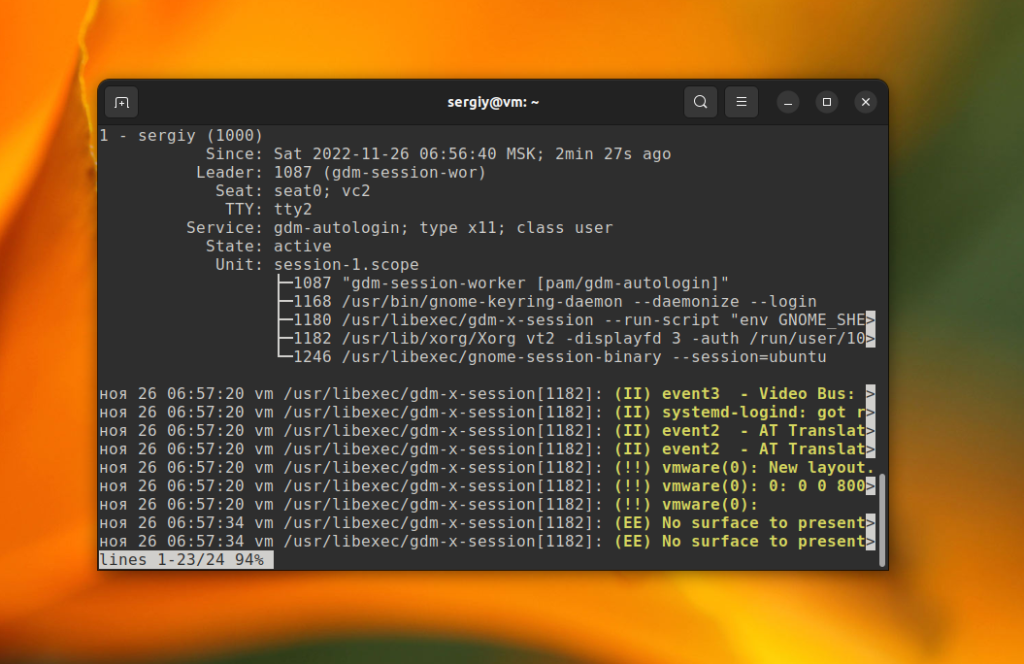
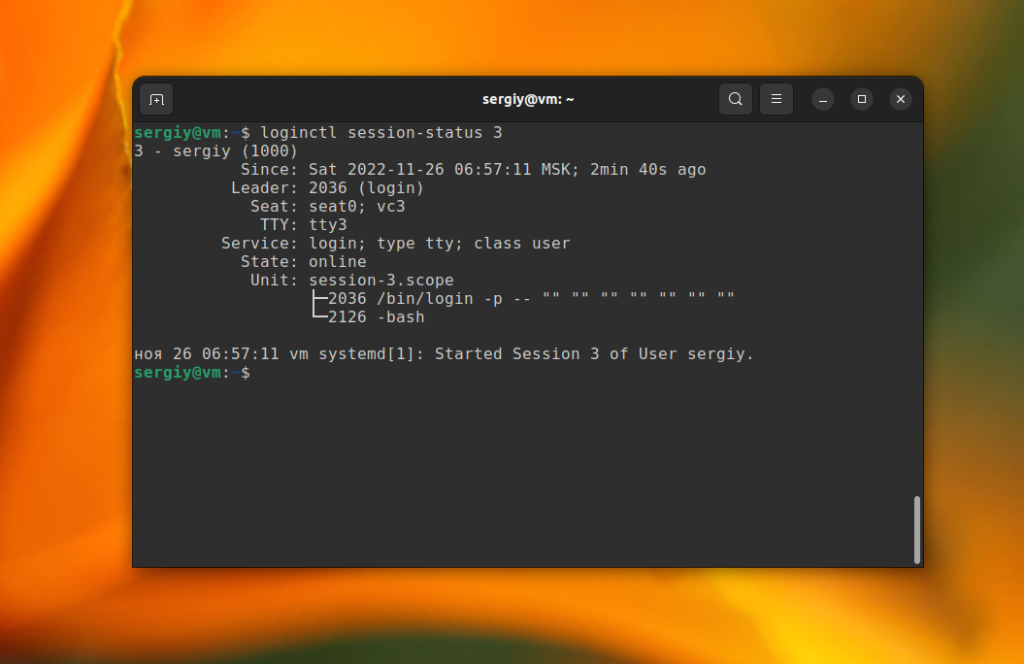
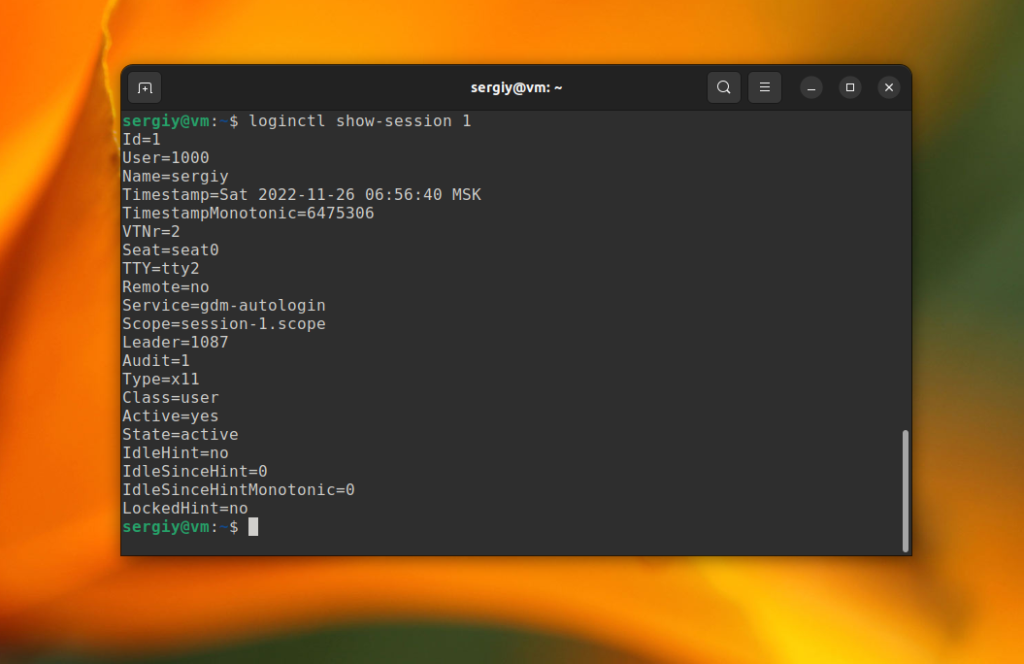
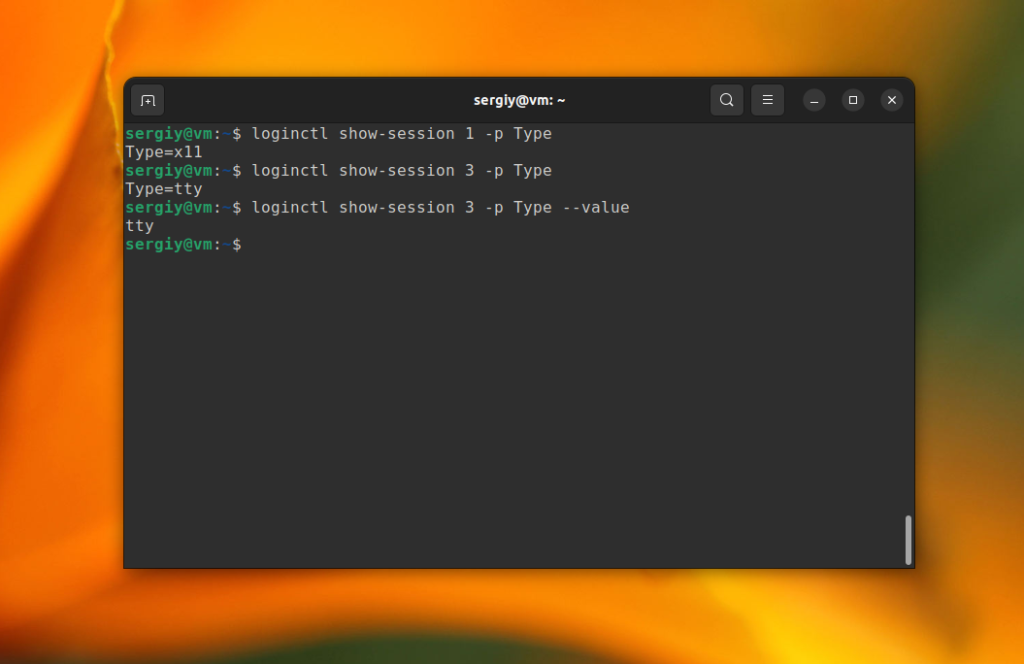
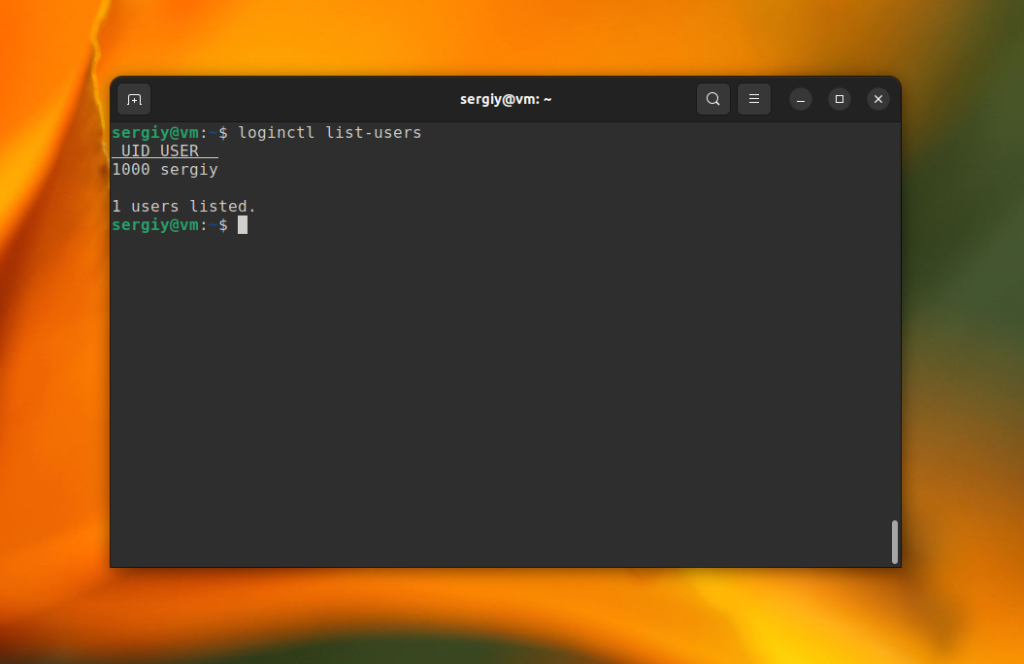
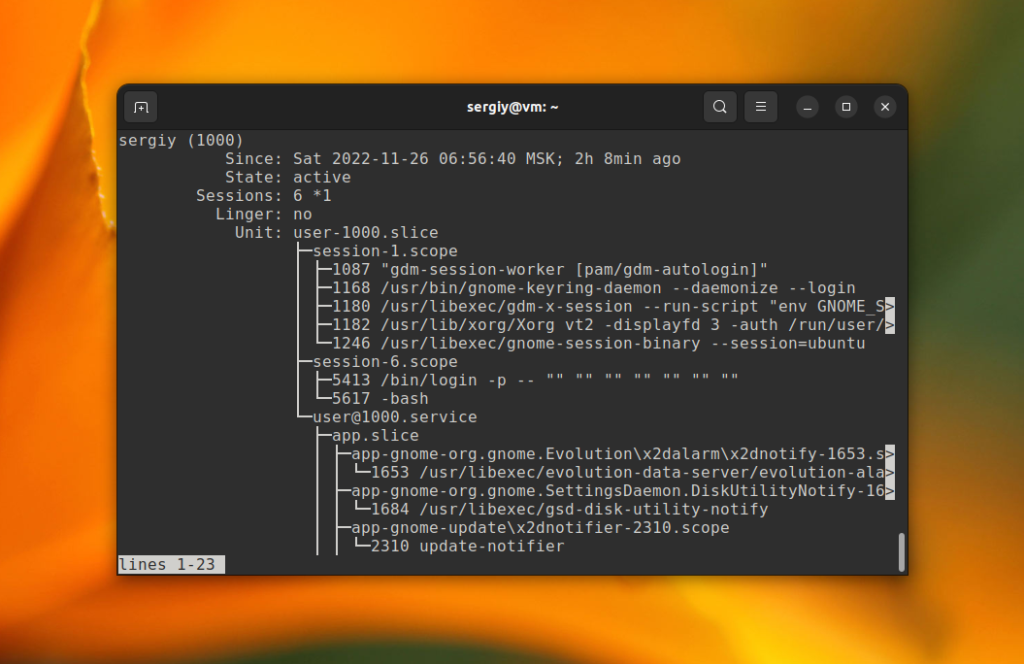
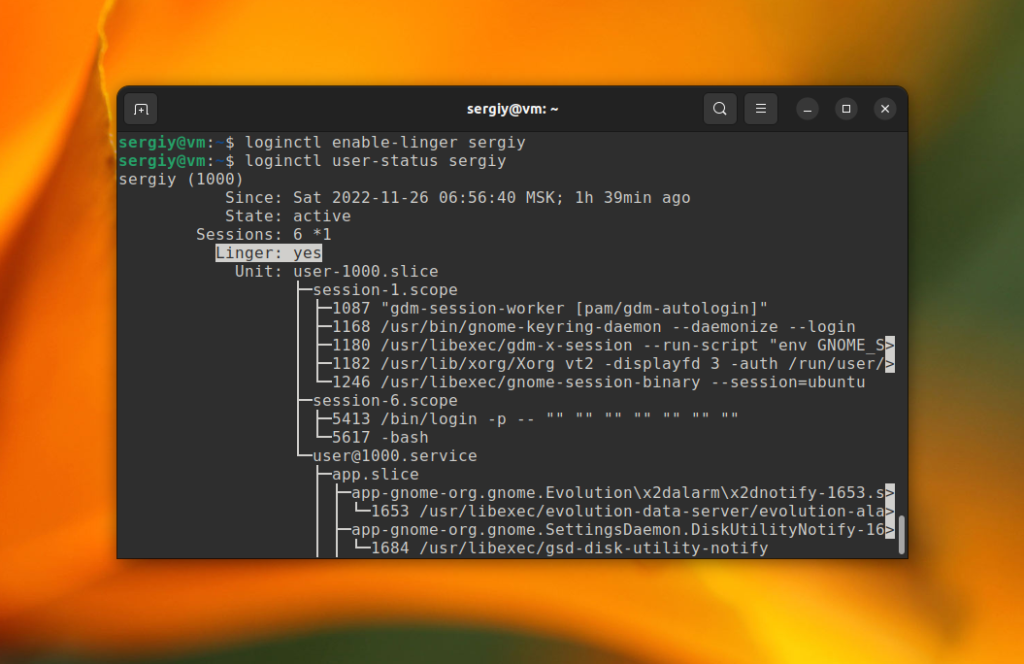
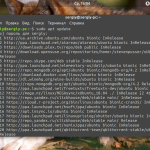
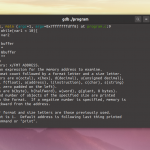

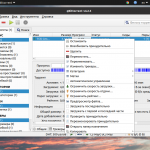
А вот интересно, существует ли способ узнать что сейчас делает пользователь в своем терминале... Ну то есть получить список его .bash_history до того как он запишется в файл, что происходит только при завершении его сессии. Мы рут, пользователь - юзер. Когда то искал способ но так и не нашел, а после вашей статьи вспомнилось.
можно настроить чтобы .bash_history можно читать в рантайме